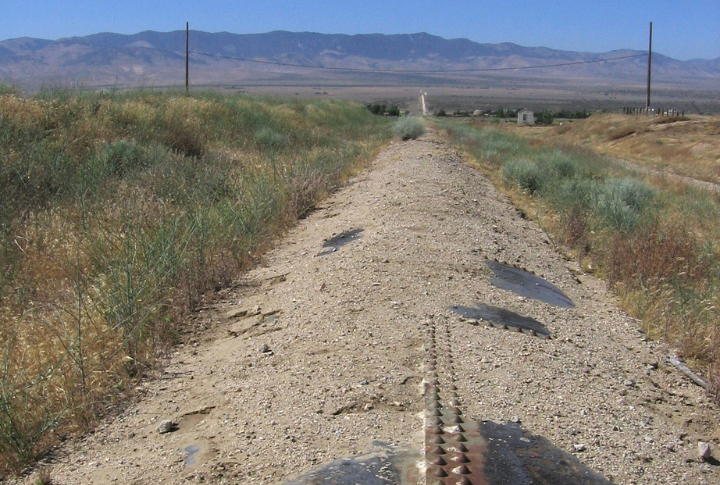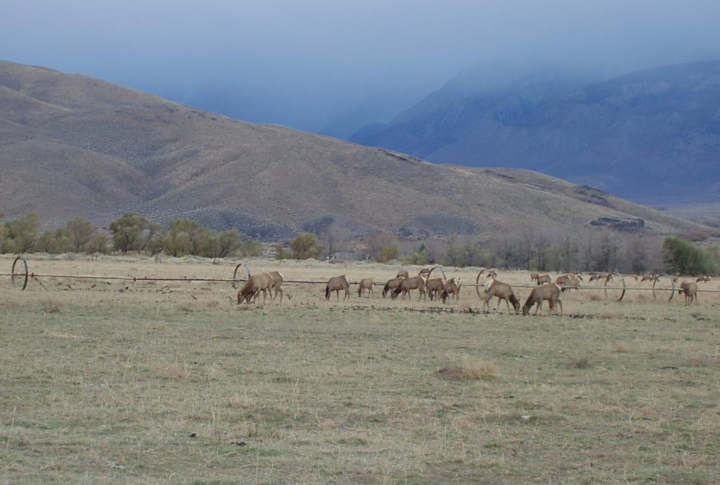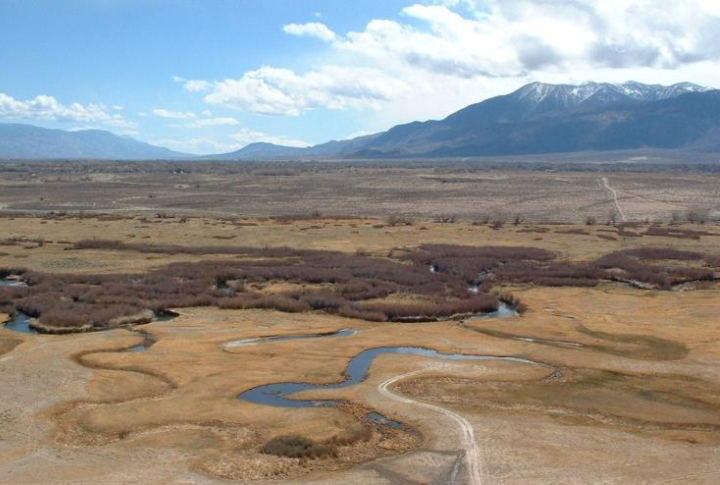
Los Angeles didn’t become a sprawling metropolis overnight—it came with challenges and compromises. Water lies at the heart of this story, fueling the city’s rise and sparking debates that echo even today. Behind the glittering skyline lies a history of bold decisions, heated battles, and lasting consequences. Let’s uncover the insights behind this water-driven transformation.
Los Angeles Aqueduct Sparked A Revolution

Imagine a dry, barren desert suddenly coming to life. In 1913, the Los Angeles Aqueduct started delivering water from Owens Valley, traveling an impressive 233 miles. Spearheaded by William Mulholland, this engineering marvel laid the foundation for the ambitious growth of a metropolis.
The Lies That Bought Owens Valley

“Trust me,” whispered city agents posing as ranchers in Owens Valley. Under this guise, they bought up land and water rights and fooled locals into thinking it was business as usual. What unfolded next was a betrayal that drained their valley and changed it into a desert ghost town.
Owens Lake Paid The Price

Once a bustling hub of life, Owens Lake sparkled under the California sun, teeming with birds and activity. By 1926, it was gone—drained dry to satisfy Los Angeles’s insatiable demand for water. The result? Toxic dust storms and an unsettling silence, a stark reminder of the cost of unchecked ambition.
Farmers Fought With Dynamite

When protests and legal battles proved futile, Owens Valley farmers took matters into their own hands. In the 1920s, they launched a campaign of sabotage against the Los Angeles Aqueduct, using dynamite to blow up pipelines and gates. For them, it was a fight for survival and the right to protect their way of life.
Mulholland’s Vision And His Famous Words

“There it is. Take it.” With those words, William Mulholland introduced Los Angeles to its first flow of water from the Owens Valley. A self-taught engineer and visionary, Mulholland’s ambition reshaped a fledgling city into a sprawling metropolis. Yet, his legacy is a double-edged sword.
Fred Eaton Played The Long Game

Fred Eaton, a former mayor of Los Angeles, was the mastermind behind the plan to tap into Owens Valley’s water to solve the city’s growing crisis. His brilliance lay in his strategic vision—identifying the valley’s abundant water supply as the key to Los Angeles’s expansion.
Owens Valley’s Economy Crumbled

Owens Valley was once a haven for farmers, with its fertile soil and steady water supply supporting thriving cattle ranches and family farms. But when Los Angeles diverted the water, the lifeblood of the valley vanished. What was once a flourishing community became a shadow of its former self.
The Courts Couldn’t Stop The Flow

The theft of Owens Valley’s water didn’t go uncontested. Legal battles erupted as residents fought to reclaim their water. However, despite their relentless efforts, Los Angeles’s grip only tightened. With deep pockets and political influence, the city outmaneuvered the rural community at every turn.
Chinatown Immortalized The Scandal

The 1974 classic movie “Chinatown” drew directly from Los Angeles’s infamous water theft. The story’s villain, a symbol of unchecked greed, mirrors the ruthless tactics used to drain Owens Valley dry. Through its shadowy characters and web of deception, “Chinatown” captures the sinister forces behind LA’s rise.
Nature Is Still Paying The Price

Owens Valley’s troubles didn’t end with its dry fields. Los Angeles’s water diversion caused widespread ecological damage that lingers to this day. The once-thriving habitats collapsed, leaving wildlife displaced and ecosystems irreparably altered. Plus, dust storms from the exposed lakebed now sweep across the region, creating health hazards.
